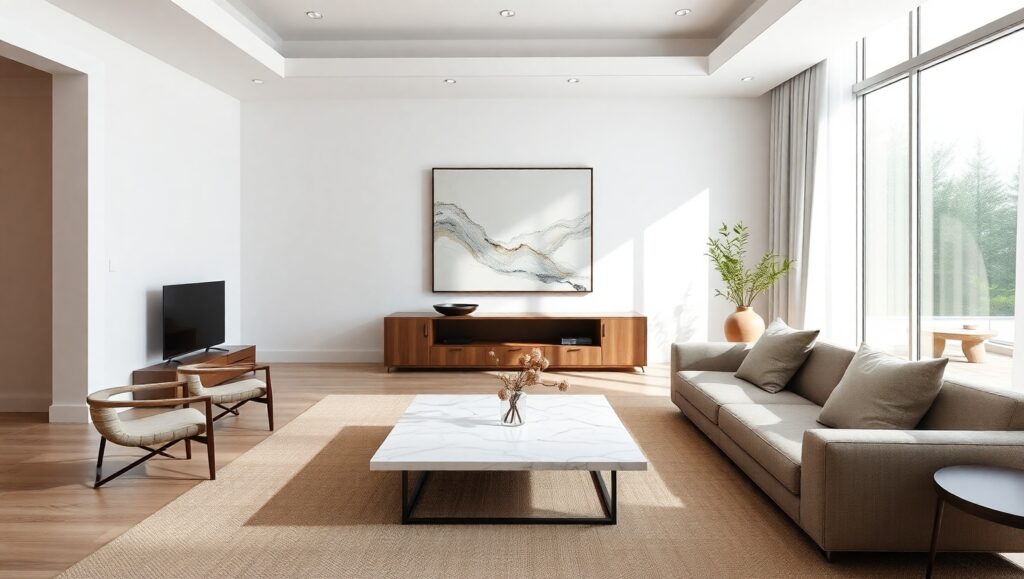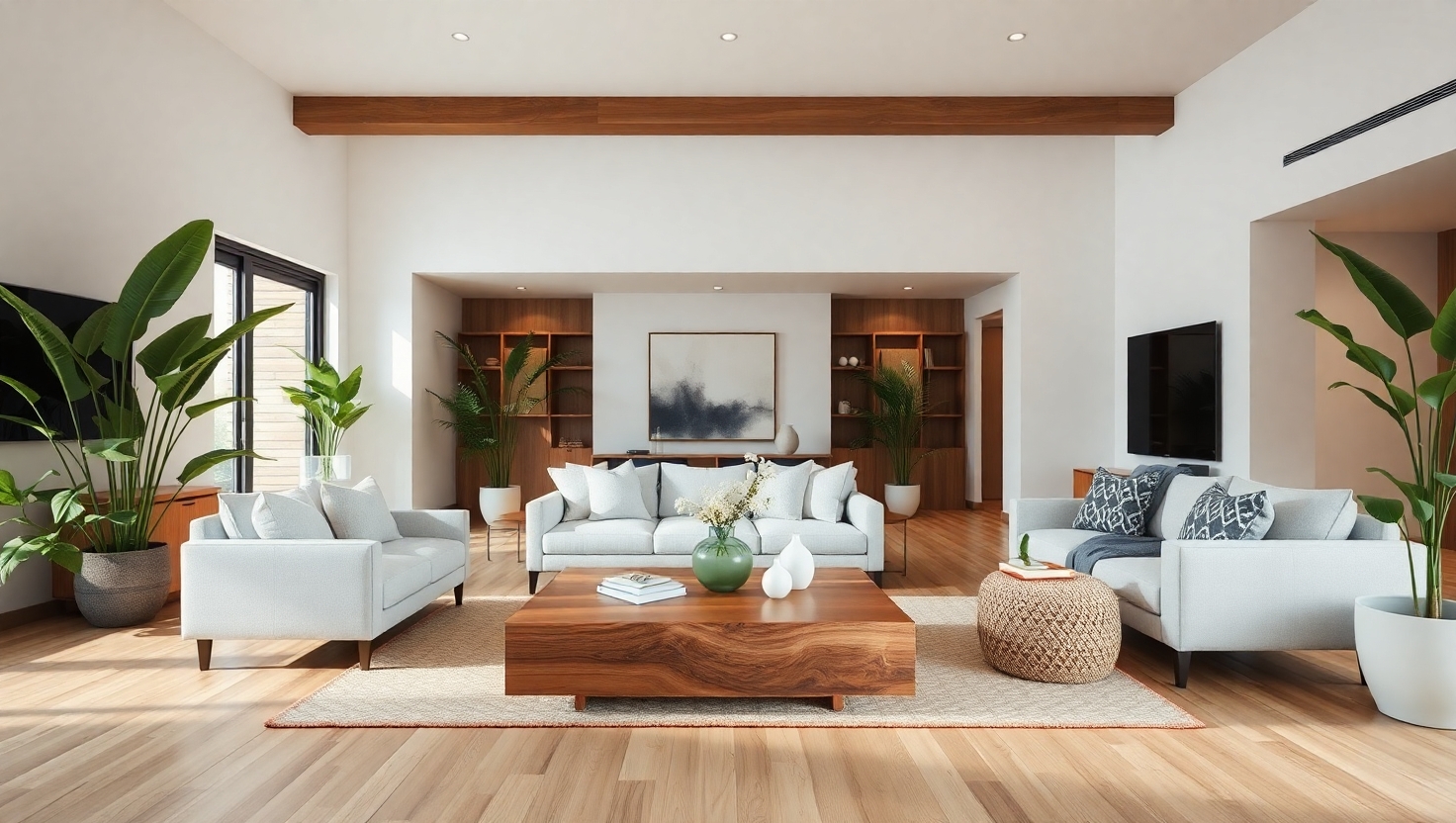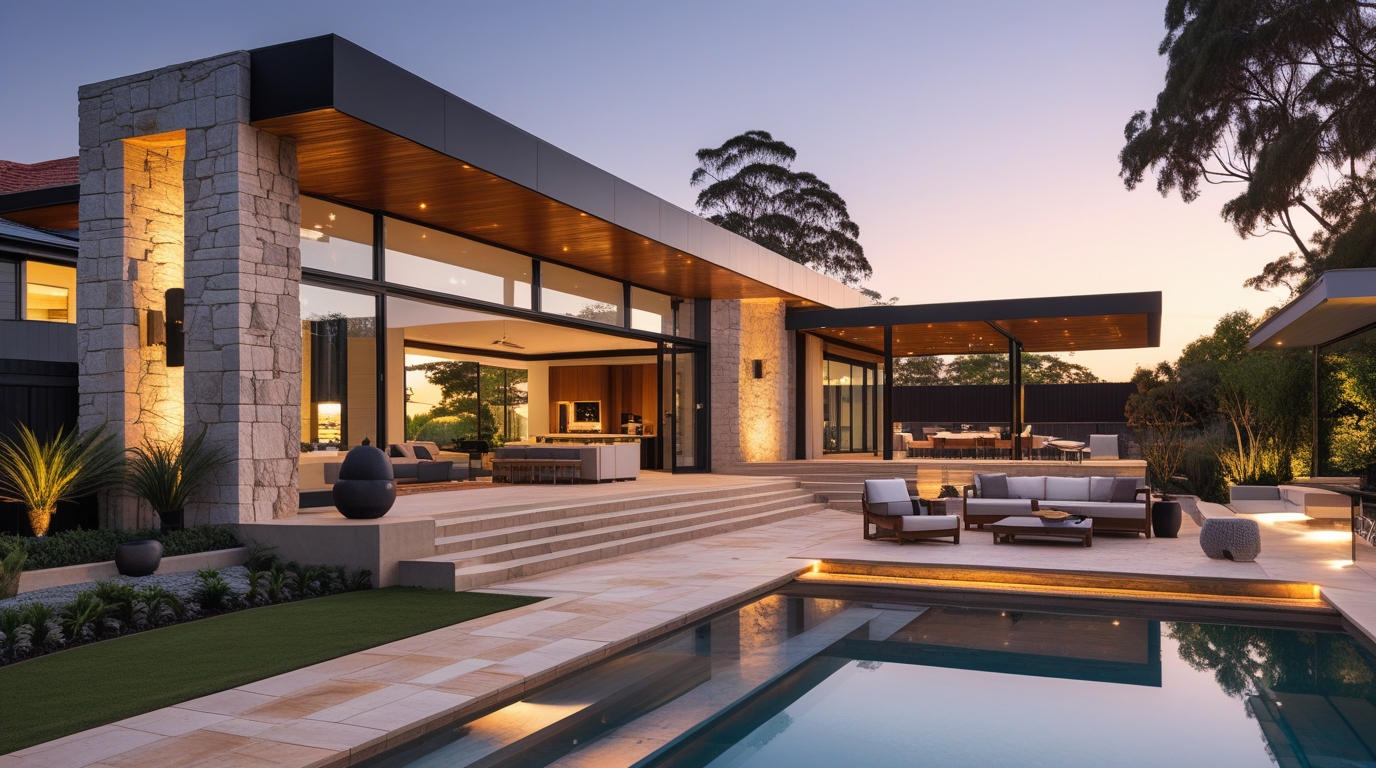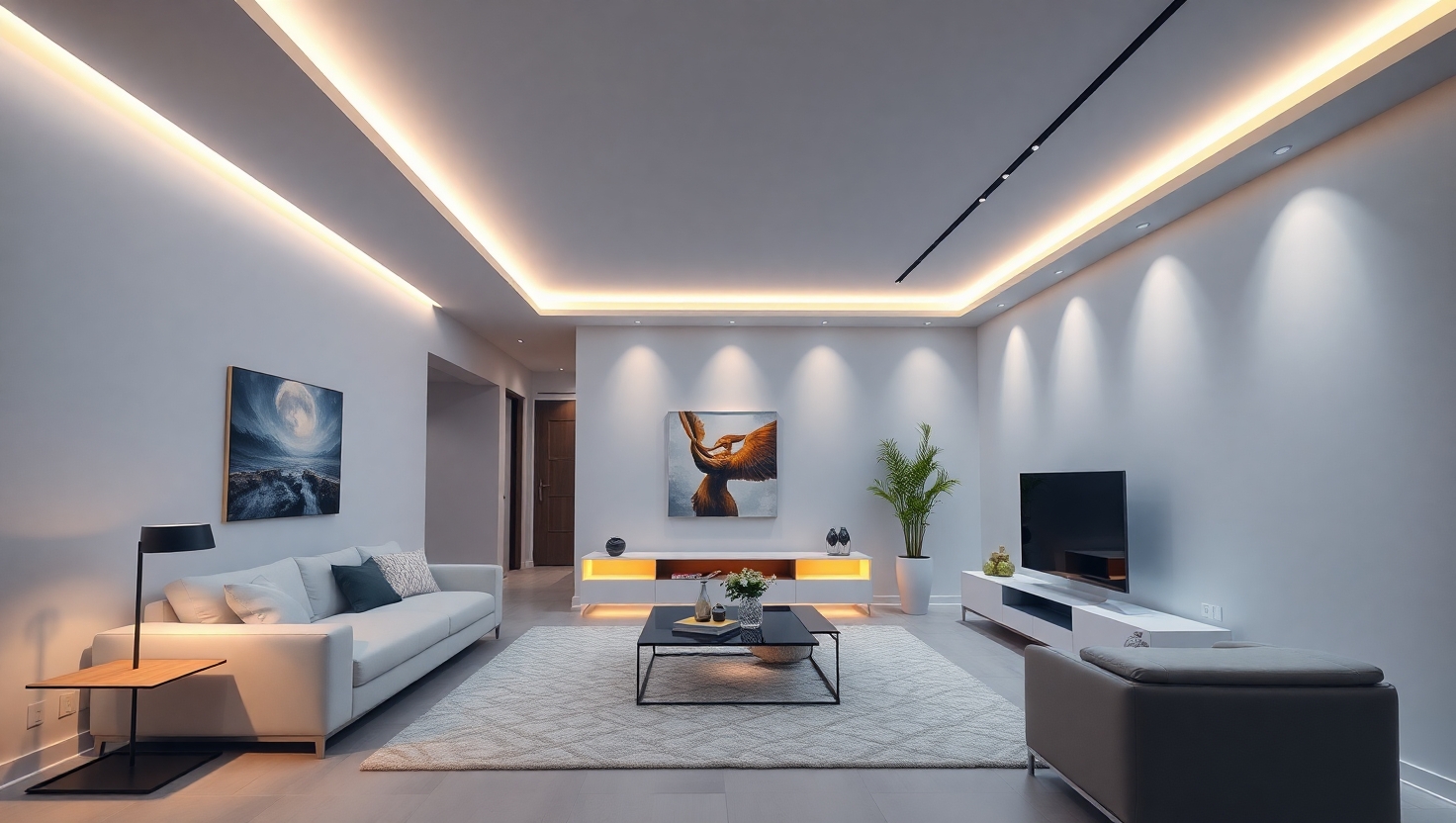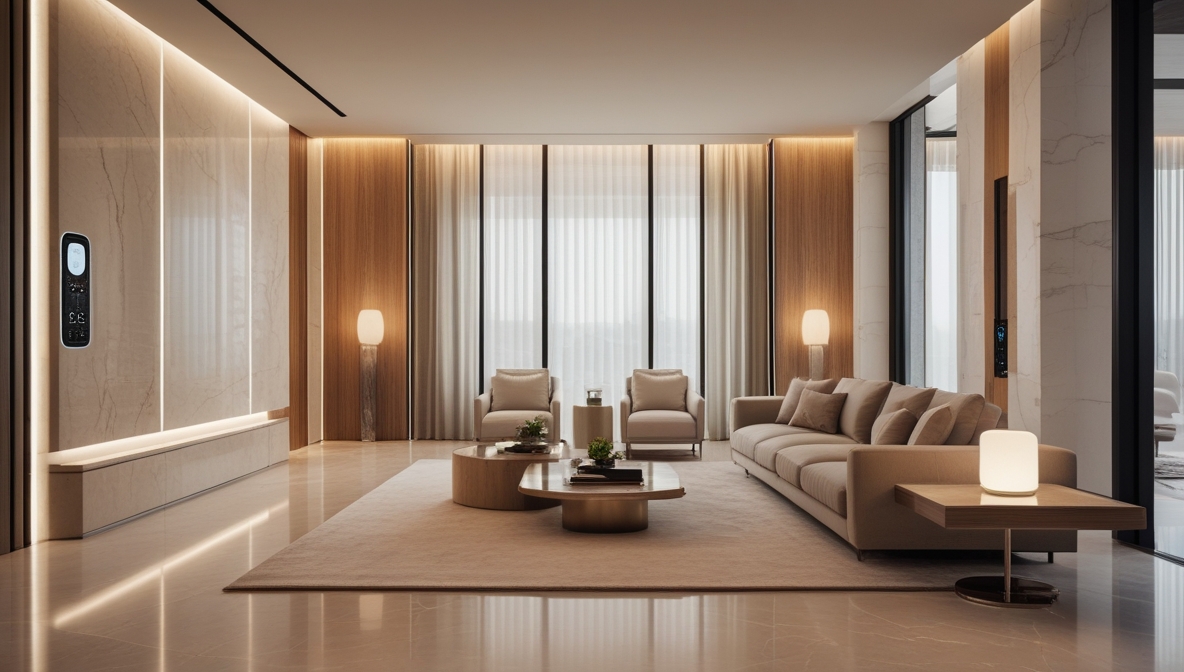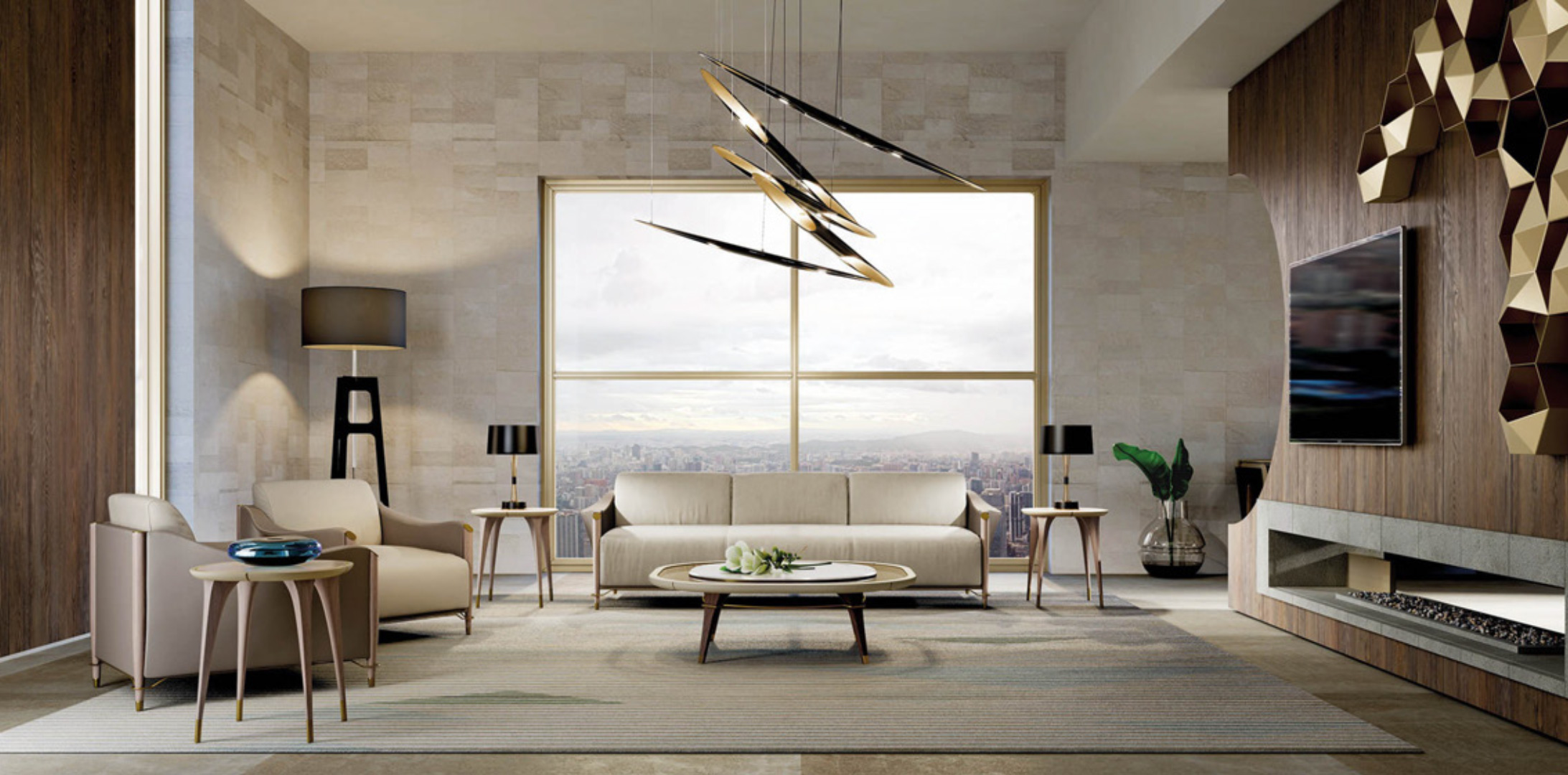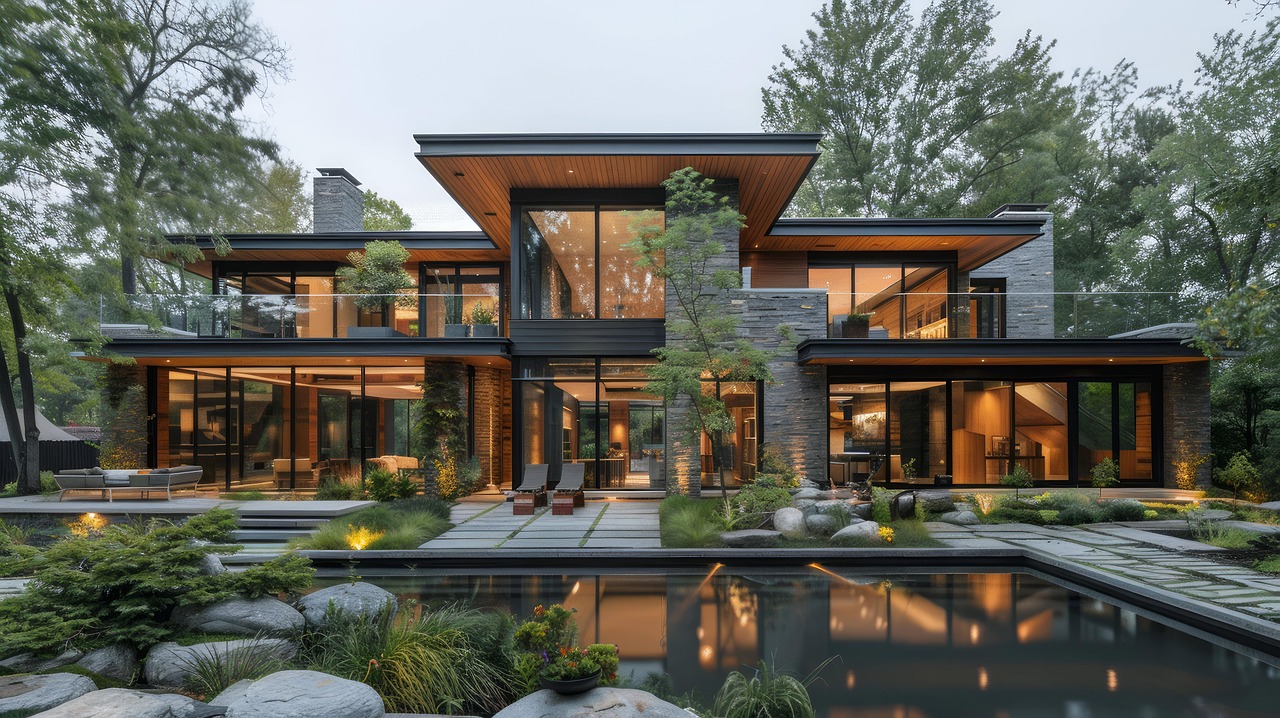Introduction: What is a Curated Interior?
Curated interiors are more than just tidy rooms—they are purposefully designed environments where each item contributes to the overall story, feel, and style of the home. In luxury interior design, curation speaks to intentionality.
Rather than overwhelming a space with excess, curated interiors use fewer pieces, each chosen for its significance, craftsmanship, or aesthetic alignment. This approach reflects a broader design trend that values authenticity, clarity, and elevated living.
1. The Shift from Maximalism to Meaningful Design
In the world of high-end interiors, the narrative is changing. While maximalism once celebrated excess and abundance, many designers and homeowners are now embracing restraint. The shift is not toward minimalism per se, but toward selective sophistication.
Luxury no longer means overfilling a room with expensive pieces; it means showcasing the right items with breathing space around them.
2. Understanding the Power of Negative Space
Negative space—or the space between and around objects—is a key element of curated interiors. It allows each item to shine and gives the eye room to rest. In high-end design, this intentional use of space also conveys confidence. It signals that the home does not need to prove its value through clutter. Instead, it radiates calm, control, and clarity.
3. Prioritising Quality Over Quantity
A curated interior places emphasis on investment pieces. Instead of many lower-quality items, a curated home features a few exceptional ones: a handcrafted teak sideboard, a sculptural light fitting, or a bespoke lounge. Each piece is not only beautiful but built to last, often with a story behind it that adds character to the space.
4. Storytelling Through Design
Every curated interior tells a story. Whether it reflects the owner’s travels, heritage, or refined taste, each piece has purpose. This storytelling might be subtle—a pair of antique wall sconces, a vintage rug from Morocco, or a framed print from a favourite artist—but the combined effect is a layered, personal environment that feels effortlessly elegant.
5. The Role of Art and Accessories
In curated interiors, accessories are not fillers. They are statement pieces in their own right. Art plays a pivotal role: a well-placed canvas or sculpture can define the tone of an entire room. Likewise, accessories such as vases, books, and objets d’art are selected with care, often grouped in odd numbers and balanced by shape, height, and colour.
6. Curated Interiors and the Colour Palette
Colour palettes in curated interiors tend to lean toward timeless hues—earthy neutrals, deep blues, muted greens, and soft greys. These colours create a sense of harmony and continuity across spaces. Pops of colour are used deliberately, often through art or a hero piece of furniture, never arbitrarily.
7. Texture and Material Choices
Curated design thrives on texture. Combining different materials—velvet against marble, leather with brushed brass, timber alongside stone—adds depth and tactile interest. It’s this layering of finishes that gives a space richness and visual complexity without requiring excess decoration.
8. Furniture Layout and Flow
In high-end design, flow is paramount. Curated interiors are arranged with intent: furniture encourages conversation, defines zones, and respects the architectural features of the room. The goal is always functional elegance. Pieces should feel integrated, not squeezed in.
9. Bespoke and Customised Elements
Customisation is a hallmark of curated interiors. It could be a made-to-order dining table, a tailored window treatment, or a sofa upholstered in an exclusive fabric. This level of detail ensures that the space reflects the owner’s taste and avoids the sameness found in mass-produced interiors.
10. Sustainability and Conscious Curation
Many luxury homeowners are now aligning their interiors with sustainable practices. Conscious curation means choosing ethically sourced materials, supporting local artisans, and investing in quality pieces that won’t end up in landfill. It’s a sophisticated response to throwaway culture and adds deeper value to the design.
11. Working with a Designer for Curated Results
Achieving a curated look often benefits from collaboration with a professional interior designer. Designers offer a trained eye, access to exclusive suppliers, and the ability to edit decisively. Their role is to interpret the homeowner’s vision and translate it into a spatial narrative that balances beauty with practicality.
12. Common Mistakes to Avoid
- Over-accessorising: Even luxury items lose impact if overcrowded.
- Ignoring scale: Oversized furniture can overpower, while under-scaled pieces may look lost.
- Lack of cohesion: Randomly collected items without a clear vision can create visual chaos.
- Poor lighting: Without layered, intentional lighting, even the best interiors can fall flat.
13. Bringing It All Together
A curated home isn’t created overnight. It evolves over time, with pieces added thoughtfully. The result is an interior that feels deliberate and complete, but never forced. It exudes refinement and class, reflecting the homeowner’s confidence and taste.
Conclusion: Elevate Your Interior with Purpose
Curated interiors invite you to live with intention. They elevate the home into a space of quiet sophistication, where less truly means more. When executed well, they feel effortless—but every detail matters. For Australian homeowners seeking timeless elegance, a curated approach is the key to spaces that are not only beautiful but deeply meaningful.
To explore unique, high-quality furniture options that support this curated style, visit The Exclusive Home.

